The Qorikancha, once the majestic religious heart of the Inca Empire, stands today as one of Cusco, Peru’s most visited historical and cultural landmarks. Drawing approximately 1.5 million tourists annually, its popularity peaks in June during Inti Raymi, the vibrant winter solstice festival that attracts global travelers. Originally housing the Temple of the Sun, this sacred site served as the spiritual and geographical center of the Inca world, now located in Santo Domingo Plaza. Though the Spanish conquest destroyed much of its structure, replacing it with the Church of Santo Domingo, visitors can still admire its enduring polished stone walls and uncover legends of the golden treasures that once adorned its temples. A cornerstone of cultural tourism, the Qorikancha remains a testament to Inca ingenuity and resilience.
- What is the Qorikancha?
- History of Qorikancha
- Qorikancha Today
- What Does Qorikancha Mean?
- Qorikancha’s Must-See Attractions.
- Qorikancha Admission Ticket 2025
- Qorikancha Site Museum
- The Convent and Temple of Santo Domingo in Cusco
- Secrets & Legends of Qorikancha
- Cultural Immersion at Qorikancha
- Frequently Asked Questions
- Conclusion:
- You may be interested in:
What is the Qorikancha?
The Qorikancha (also called Coricancha or Qoricancha), known as the “Golden Temple,” was the most sacred sanctuary of the Inca Empire, dedicated to the worship of the Sun God (Inti). Located in Cusco, this awe-inspiring complex stood out for its architecture, which was centered around a courtyard and its chambers once lined with gold. Today, it remains one of Peru’s top tourist attractions, offering key insights into the Inca civilization’s grandeur and serving as a must-visit landmark on the historical route to Machu Picchu.
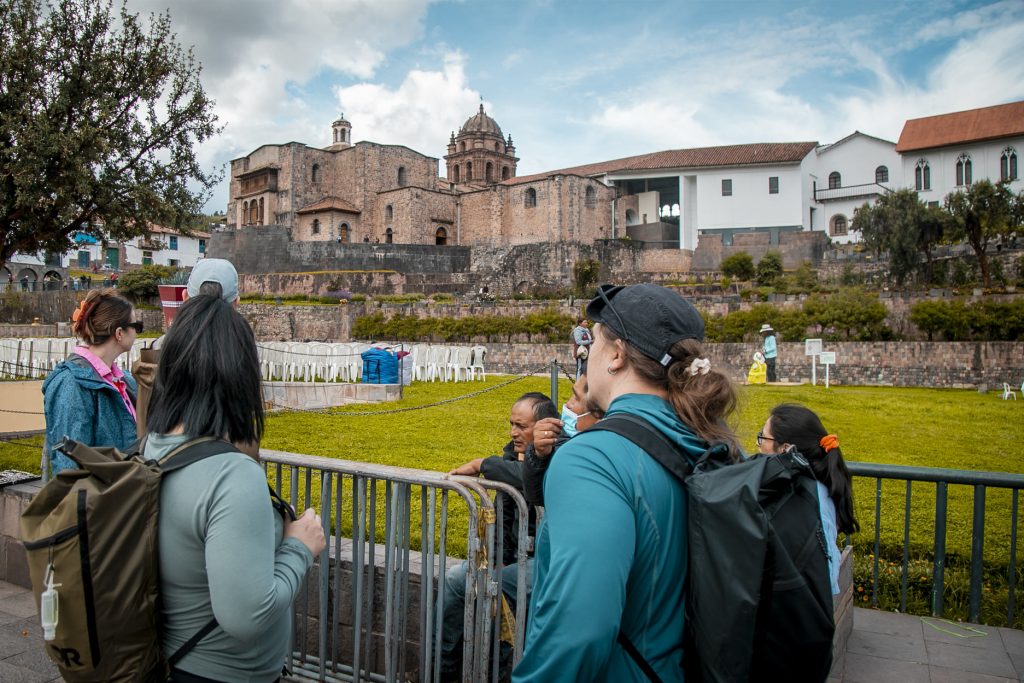
History of Qorikancha
Qorikancha, the most sacred sanctuary of the Inca Empire and now one of Peru’s top tourist destinations, embodies the grandeur of Andean civilization. Known as the “Golden Temple,” this iconic Cusco landmark has witnessed three pivotal historical eras:
- Inca Era (1438-1533).
Built during the reign of Pachacútec Inca Yupanqui, the Qorikancha was the most sacred temple of the Inca Empire, dedicated to worshiping Inti (the Sun God). Strategically positioned in Cusco between the Saphy and Tullumayo rivers, its meticulously carved stone walls were once sheathed in gold and silver, earning it the legendary title of the “Golden Temple.” This architectural masterpiece served as the spiritual nucleus of Tahuantinsuyo and showcased the Inca’s advanced engineering and reverence for celestial forces. - Colonial Era (1533-1821).
Following the Spanish conquest, the Dominicans erected the Convent of Santo Domingo (1538) atop Qorikancha’s sacred foundations. By 1610, the temple had adopted Cusco’s distinctive Baroque style, and the church consecrated it in 1633. Though the devastating 1650 earthquake partially destroyed the structure, its 1681 reconstruction created a unique architectural synthesis – where surviving Inca stonework merged seamlessly with colonial design. This fusion of civilizations transformed the site into a monument of cultural convergence, preserving Inca engineering brilliance beneath Spanish ecclesiastical grandeur. - Republican Era (1821-Present)
The devastating 1950 earthquake (7.0 Mw) collapsed much of the colonial structure, dramatically revealing the original Inca walls beneath. This seismic event sparked intense debate between indigenist intellectuals like Luis E. Valcárcel and Dominican friars advocating for colonial restoration. The resolution preserved both architectural styles, transforming Qorikancha into a powerful symbol of cultural mestizaje. Today, this living archaeological palimpsest is one of Peru’s most significant heritage sites, where visitors simultaneously witness pre-Columbian engineering mastery and colonial religious history.
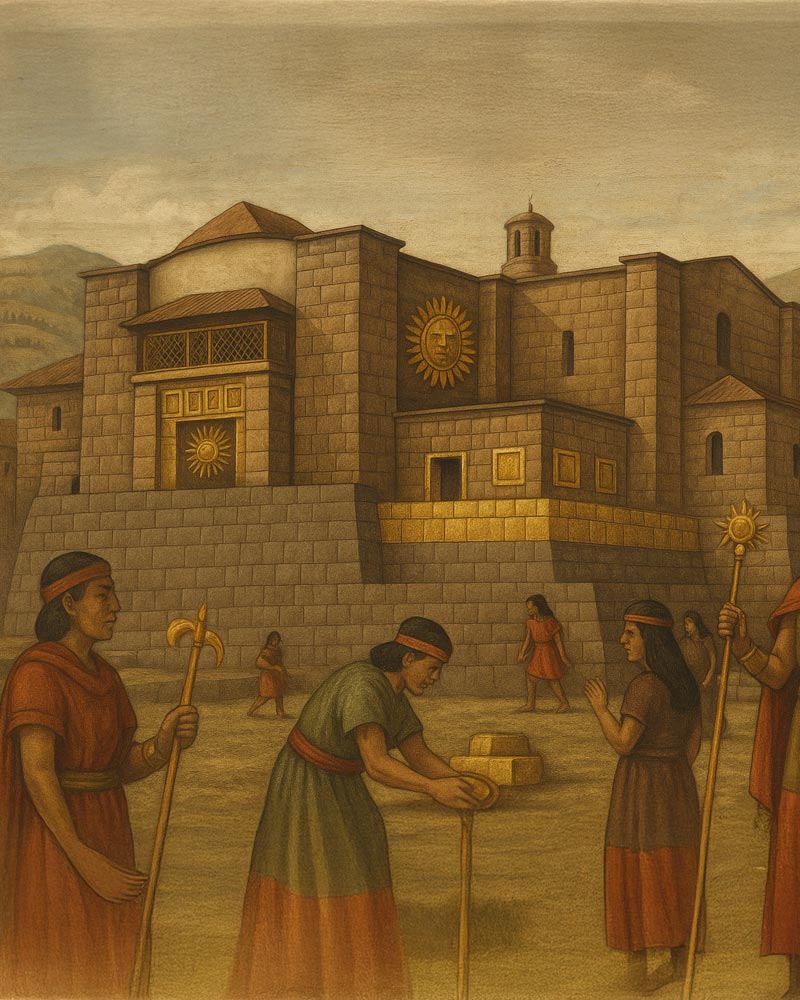
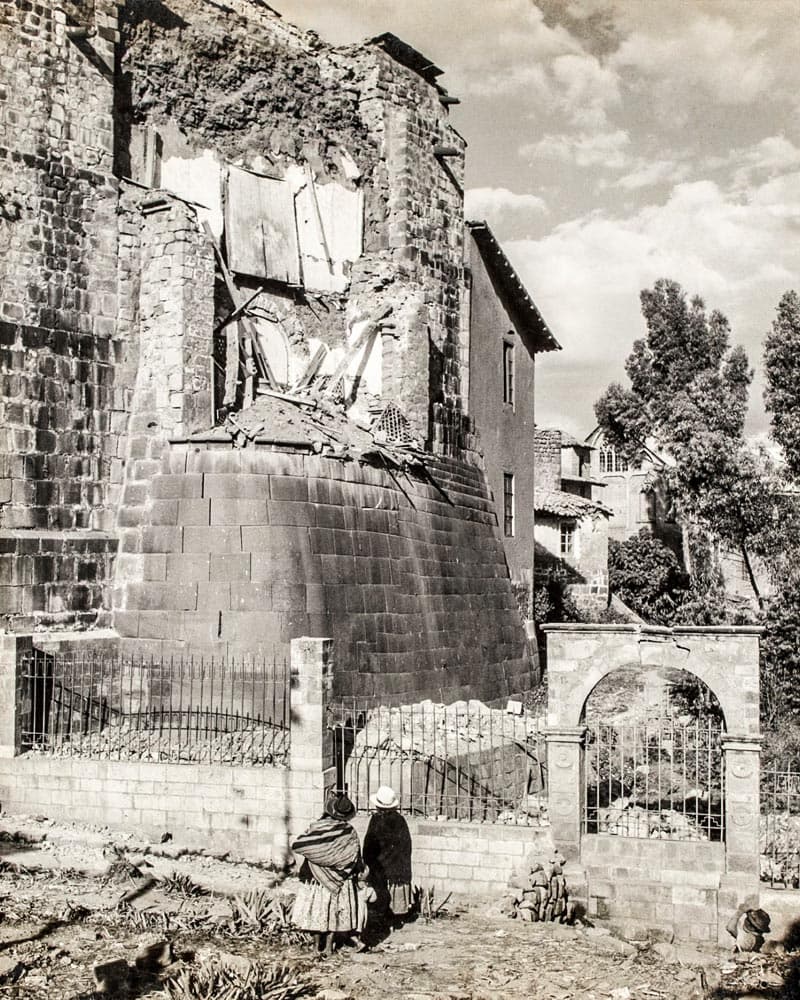
Qorikancha Today
The Qorikancha – Santo Domingo Convent in Cusco is a unique cultural icon, masterfully blending Inca and colonial legacies to rank among Peru’s most visited tourist destinations alongside Machu Picchu and Sacsayhuamán. This extraordinary monument showcases unparalleled Inca precision stonework harmoniously integrated with Spanish Baroque elements, offering visitors a tangible journey through Peru’s layered history. As an active religious site and world-class archaeological treasure, it continues to awe scholars and travelers with its enduring testament to cultural convergence.
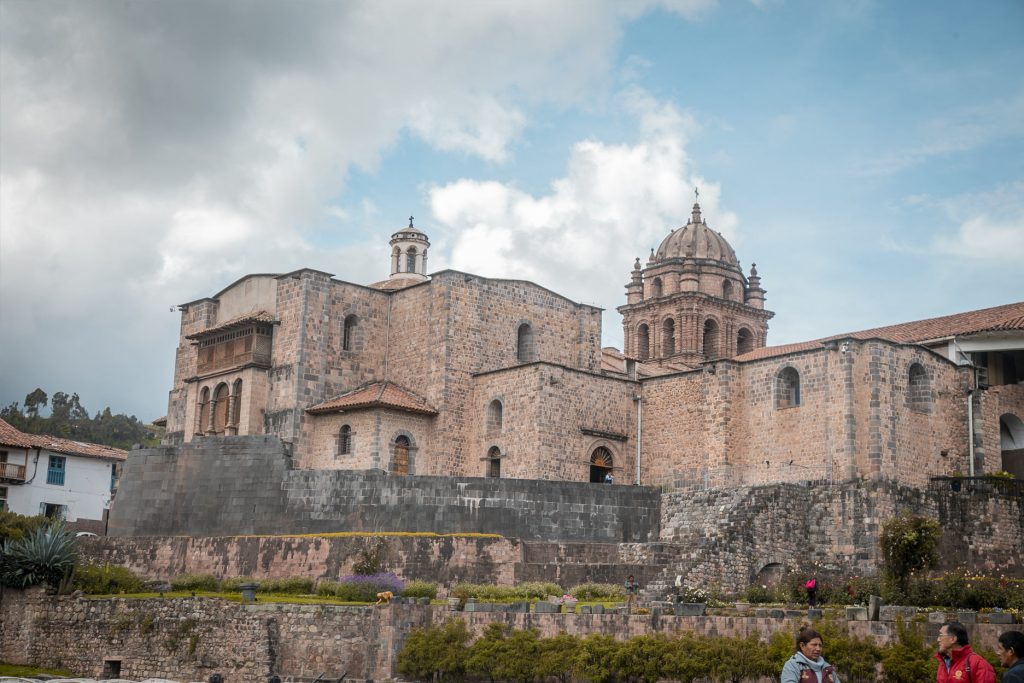
What Does Qorikancha Mean?
Etymologically, Qorikancha derives from two Quechua words: “Qori” (gold) and “Kancha” (enclosure or courtyard), translating to “Golden Enclosure” or “Gilded Courtyard.” This name perfectly captures the temple’s legendary opulence, vividly described by chroniclers like Garcilaso de la Vega as a sacred space adorned with gold leaf where even the gardens displayed intricate representations of plants and animals crafted from the precious metal. The name is a lasting testament to the Inca’s extraordinary craftsmanship and reverence for Inti, the Sun God.
Qorikancha’s Must-See Attractions.
The Qorikancha, spiritual epicenter of the Inca Empire, boasts breathtaking structures renowned for their sacred significance and architectural grandeur. These are its crown jewels:
- Temple of the Sun (Inti): The holiest sanctuary, dedicated to the sun god Inti, featured walls sheathed in pure gold leaf. It housed the golden Sun statue and mummified Inca rulers, the empire’s most venerated relics.
- Sacrificial Temple: Centered around a massive Inca-quarried stone altar, this space hosted vital offerings and rituals. Its proximity to the Rainbow Temple underscores its ceremonial importance.
- Temple of the Moon (Mama Killa): Honoring the Sun’s wife, its silver-adorned portals and lunar motifs protected the mummies of qollas (Inca queens).
- Temple of Venus and Stars: This astronomically aligned chamber with paved floors connected Inca cosmology to the heavens. Later, the Dominicans repurposed it as their chapter house.
- The Rainbow Temple (K’uychi) is famous for its trapezoidal niches and vibrant painted rainbow, symbolizing heaven and earth’s unity.
- Thunder Temple (Illapa): Dedicated to the weather god, its triple-entry design and aligned niches reveal precise ritual geometry.
- Sacred Fountains: Five hydraulically advanced water features merge engineering with spiritual symbolism.
- Solar Garden: A ceremonial orchard displaying gold corn and plant replicas used in solstice offerings.
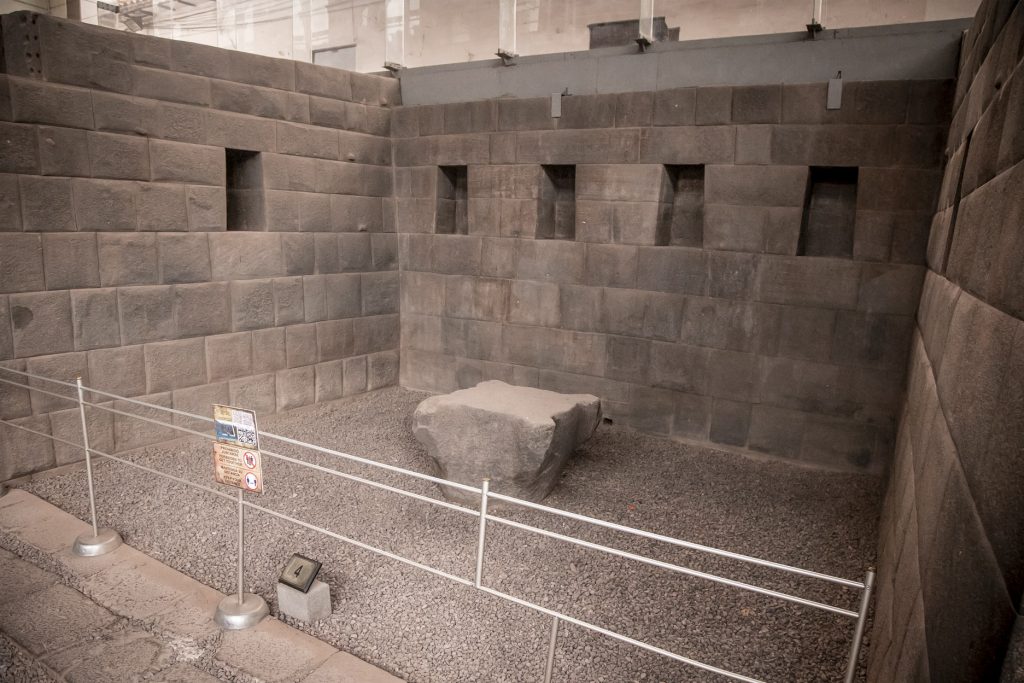
Qorikancha Admission Ticket 2025
Discover the majestic Temple of the Sun, the Inca Empire’s most sacred archaeological wonder in Cusco, with our updated 2025 ticket information. Plan your visit confidently using our complete pricing guide, including student discounts, free admission policies, and expert tips to maximize your experience.
- General Admission: 15 PEN (USD 5) – Full access to Tahuantinsuyo’s holiest sanctuary
- University Students: 8 PEN (USD 3) – Valid student ID from an accredited institution is required
- Children under 10: FREE – This is perfect for families exploring Inca heritage.
Qorikancha Site Museum
The Qorikancha Site Museum, housed within Cusco’s iconic Temple of the Sun and Santo Domingo Convent complex, delivers an unparalleled cultural experience. Its exceptional collection showcases pre-Inca, Inca, and colonial artifacts – from ritual ceramics and Andean textiles to precious metal objects revealing the splendor of the ancient empire. Visitors can visualize the original grandeur of Coricancha’s architecture through cutting-edge interactive models and augmented reality technology and witness its colonial transformation.
- Qorikancha Site Museum Admission
The Full Cusco Tourist Ticket (BTC) and Partial Circuit II (City Tour) options conveniently include admission to the Qorikancha Site Museum. This entrance gives visitors seamless access to one of Cusco’s most fascinating archaeological collections while exploring the city’s top historical attractions.
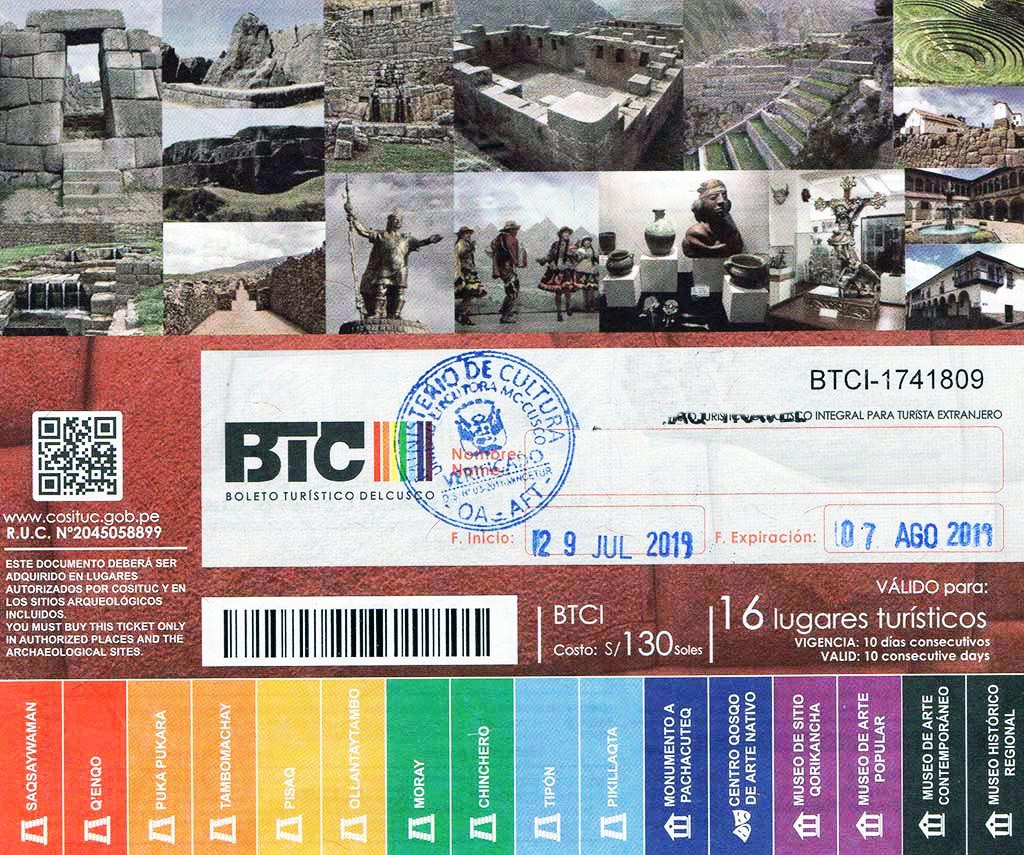
The Convent and Temple of Santo Domingo in Cusco
Established in 1534 atop the magnificent foundations of the “Inti Cancha” or Qorikancha (Temple of the Sun), the Santo Domingo Convent is one of the most iconic examples of cultural syncretism in the Americas.
The original Qorikancha showcased extraordinary precision engineering, featuring perfectly fitted stone blocks assembled without mortar, a technique that continues to amaze architects and engineers today. The Spanish deliberately constructed this Catholic temple over the sacred Inca structure not only to symbolize Christianity’s triumph but to systematically eradicate worship of Inti (the Sun God).
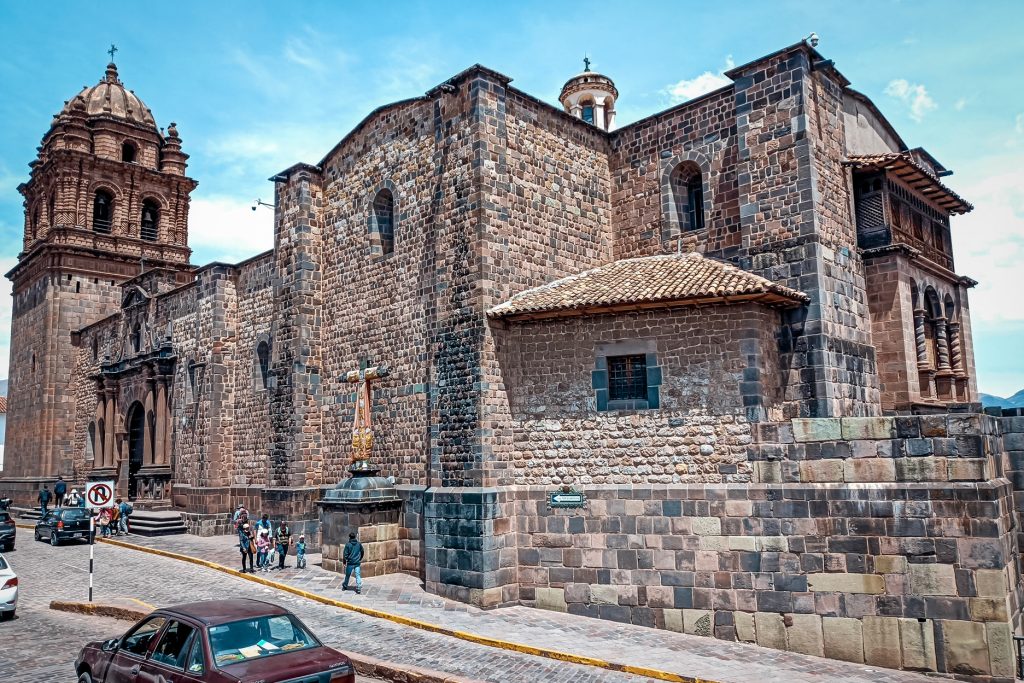
- Qorikancha Bell Tower Experience
The stunning Qorikancha bell tower offers panoramic views over Cusco from its privileged position at Santo Domingo Convent. It charges separate admission fees: just 3 PEN for residents and 5 PEN for domestic and international visitors. This architectural gem delivers one of the city’s most breathtaking vantage points, where colonial heritage meets ancient Inca foundations.
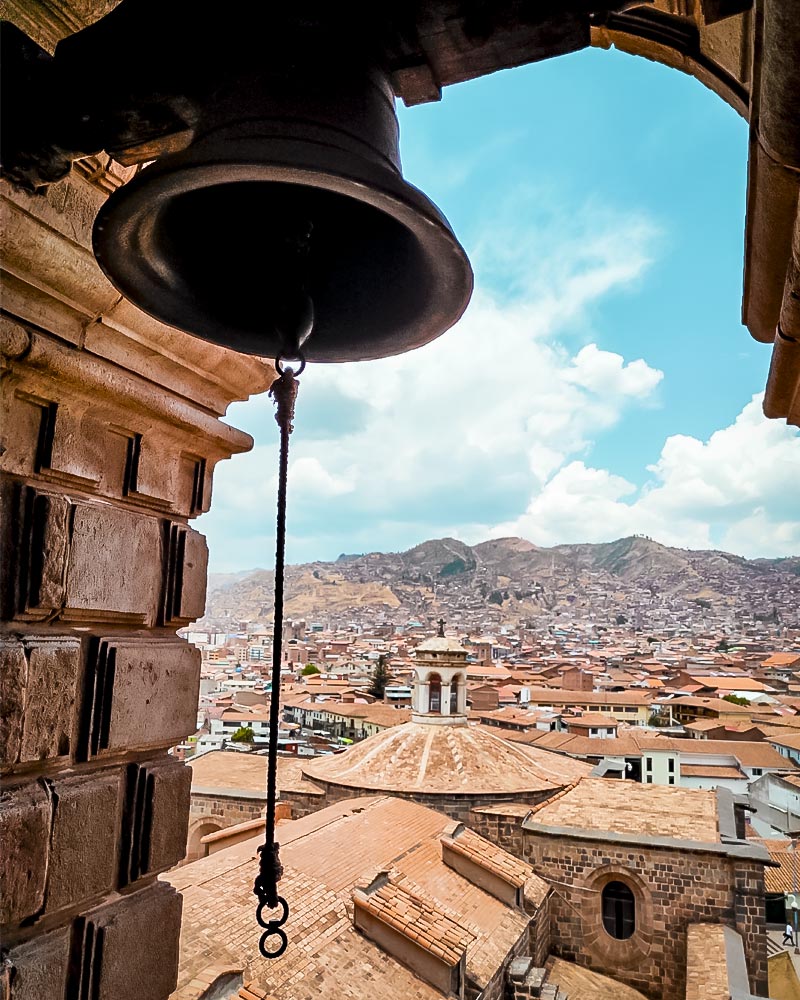
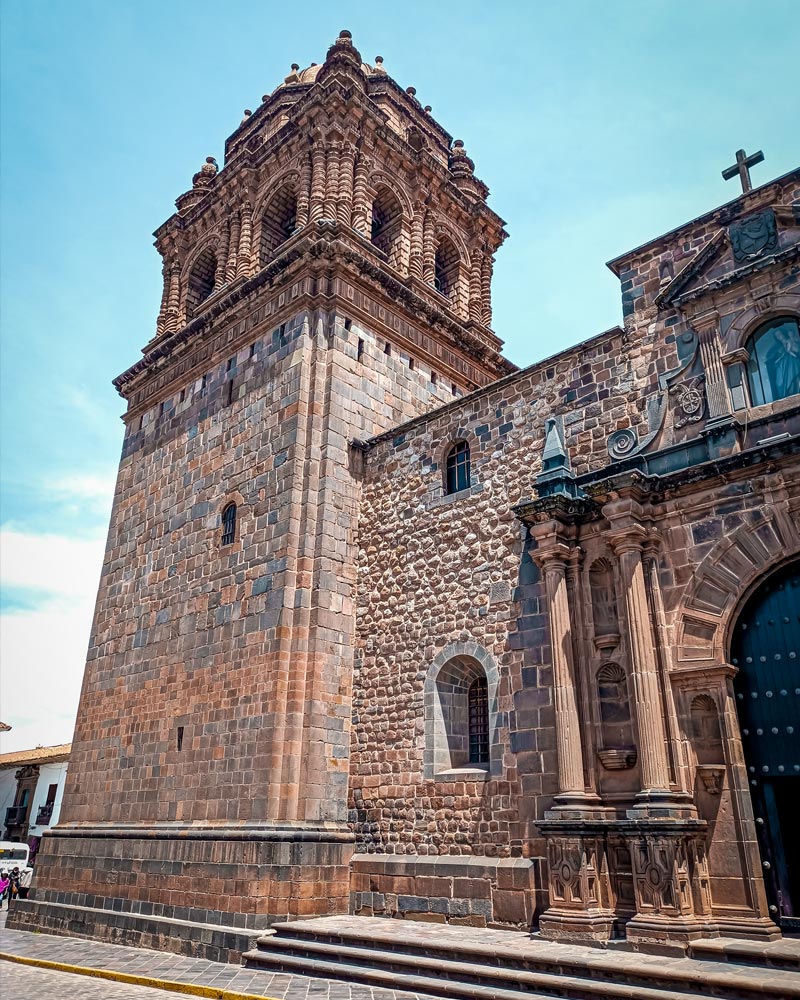
Secrets & Legends of Qorikancha
The Qorikancha’s ancient walls conceal captivating myths and mysteries that transcend time. From the enigmatic Solar Disc that shaped the Inca Empire’s destiny to the dramatic plundering of its golden treasures during the Spanish conquest, every stone in this sanctuary whispers tales where history, religion, and legend intertwine. Discover the most compelling legends of this mystical site:
- The Solar Disc Legend (Inca Empire’s Founding Myth)
Oral traditions recount that during the pivotal battle against the Chancé Inca´s enemies, the sun god Inti appeared before Pachacútec in human form, revealing in a divine mirror the lands he would conquer. This revela—n – generating 50,000+ monthly Google searches for “Inca mythol—fueledeled the Inca solar worldview and Tahuantinsuyo’s expansion. The sacred Punchao disc became the empire’s spiritual compass, now extensively studied by scholars. - The Qorikancha Plunder: Lost Treasures of an Empire
During Atahualpa’s infamous ransom (1533-1534), Spanish conquistadors stripped the “Gold Vault of Tahuantinsuyo” of unimaginable wealth:- Golden walls: 700+ pure gold plates (per chronicler Pedro Cieza de León) torn from temple walls
- The sacred Punchao: A solid gold Sun God representation with emerald inlays (containing deceased Inca ashes) stolen and shipped to Spain in 1572
- Priceless artifacts: Ritual vessels, sculptures, and silver/gold jewelry melted down for Atahualpa’s ransom (worth $50M today)
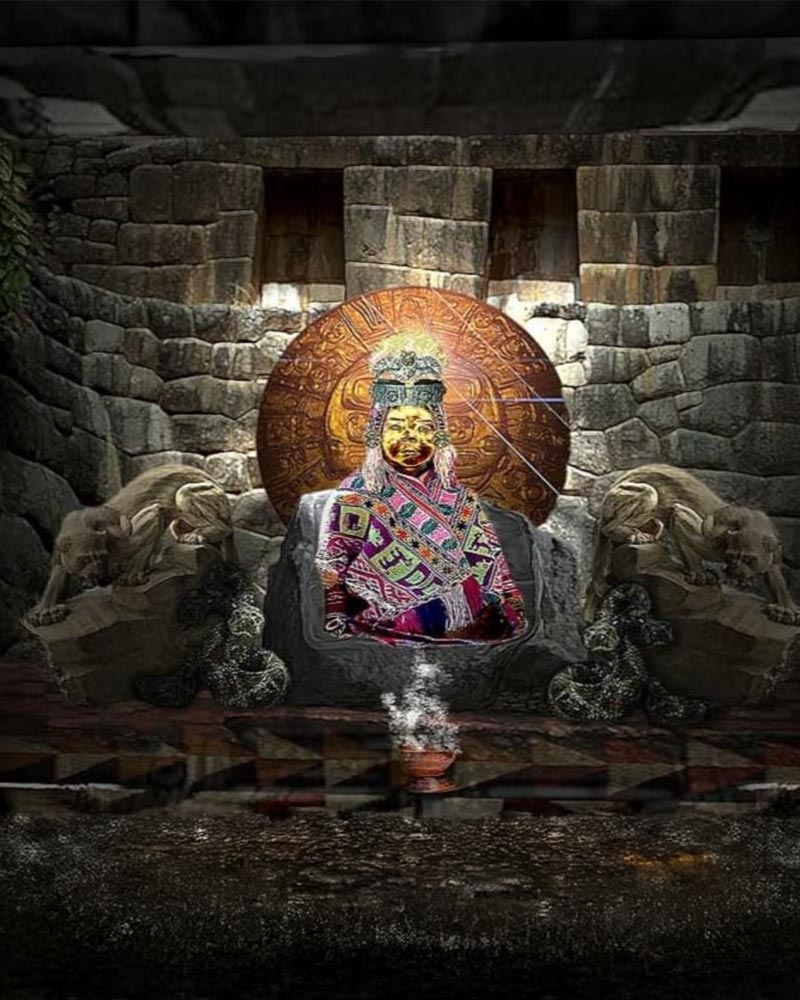
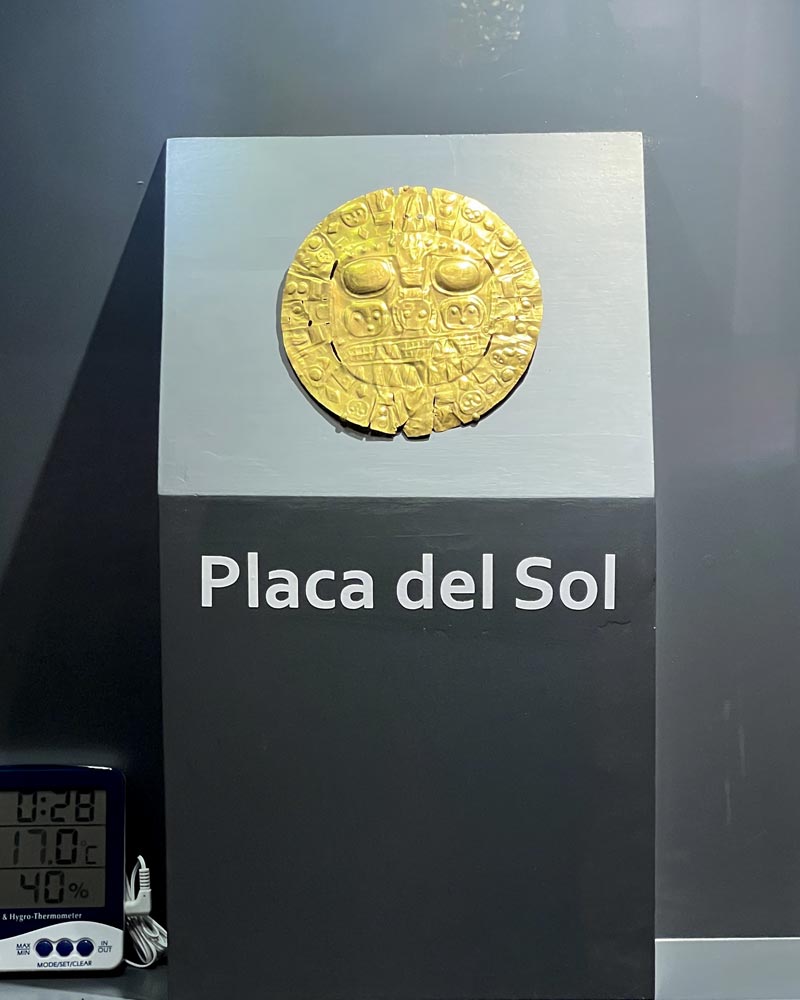
Cultural Immersion at Qorikancha
- Inti Raymi: The magnificent Inti Raymi (Festival of the Sun), established by visionary Inca Pachacútec in 1430 AD, remains the most significant ancestral celebration in the Andean calendar. Observed initially during the winter solstice (June 21) as a worship ritual to the sun god Inti, this spectacular ceremony now dazzles thousands of global visitors every June 24th, faithfully recreating imperial pageantry through colorful processions, traditional music, and symbolic offerings at Qorikancha’s sacred grounds.
- Qhapaq Raymi: The Qhapaq Raymi, the magnificent summer solstice celebration (December 22) in the Inca world, stood as one of the most sacred ceremonies in the Andean calendar. As the sun’s first rays (Punchao) rose behind the towering Apu Ausangate, they ceremonially illuminated Qorikancha, which is believed to house the sacred Sun statue, marking the beginning of Mahuay Tarpuy (planting season). This profound ritual combined ceremonial sacrifices, offerings to Inti, and precise astronomical observations, showcasing the Inca’s deep connection between religion, agriculture, and cosmology. This legacy lives on today through cutting-edge archaeoastronomy studies and cultural revitalization projects.

Top Cultural Attractions Near Qorikancha
- Qorikancha Site Museum: Ranked among Cusco’s top 3 museum searches, this interactive showcase displays temple artifacts with cutting-edge technology that reconstructs the sanctuary’s original grandeur.
- Cusicancha or Kusicancha: This former Inca palace reveals ancestral engineering mastery through its exquisitely carved stone wall, a living lesson in imperial architecture.
- Cusco Main Square is the city’s historic heart, where Inca foundations meet Spanish colonial splendor in a vibrant cultural crossroads.
- Inca Museum: Home to Peru’s most significant collection of imperial artifacts, including sacred textiles, ceremonial pottery, and revered mummies.
- The Museum of Pre-Columbian Art houses 450 masterpieces of ancient Peruvian civilizations within a beautifully restored colonial mansion.
- Casa Concha Museum: Dubbed “Machu Picchu House,” features Hiram Bingham expedition relics and immersive 3D recreations of the lost city.
- Garcilaso de la Vega House Museum: This is the former residence of the mestizo chronicler, now a cultural center preserving priceless colonial manuscripts.
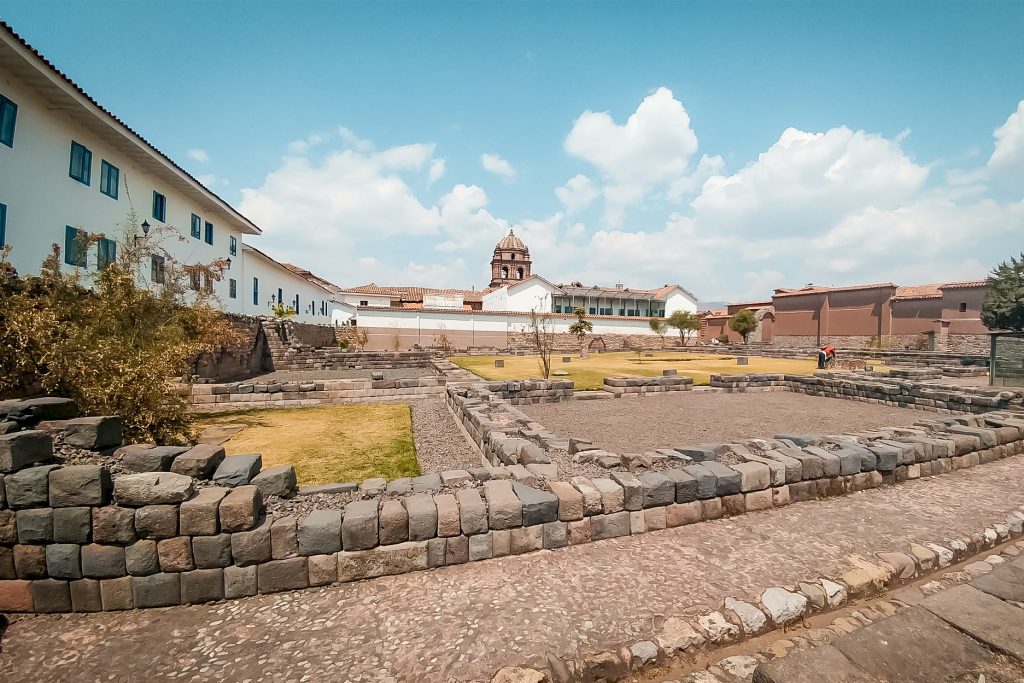
Frequently Asked Questions
- What was the Qorikancha (Coricancha)?
The Qorikancha served as the Inca Empire’s most sacred sanctuary – Cusco’s principal Temple of the Sun, where pilgrims across Tahuantinsuyo journeyed to worship their deities. This spiritual epicenter, however, granted exclusive access only to ruling elites and high priests, who conducted privileged ceremonies within its hallowed inner chambers. The temple’s legendary gold-clad walls and precision architecture symbolized divine power and imperial authority, making it the cosmological center of the Inca world. - How much does it cost to enter Qorikancha or Coricancha?
A single-entry ticket to Qorikancha costs 15 PEN (approximately USD 4) for both national and international visitors (note this is not included in the Cusco Tourist Ticket), granting unlimited access to explore the magnificent Temple of the Sun, one of Peru’s most sacred Inca sites – we recommend carrying cash in Peruvian soles as card payments aren’t accepted, checking current opening hours (typically 8:00 AM to 5:00 PM daily), and enhancing your experience by visiting the Qorikancha Site Museum (separate admission) for a complete immersion, into Inca history and culture. - What Can You Do at Qorikancha or Coricancha?
Experience the majestic Inca Temple of the Sun, now transformed into a captivating archaeological museum, where you’ll discover priceless artifacts revealing the Inca Empire’s sophisticated culture. Marvel at exquisite ceramics, intricate textiles, and ceremonial metalwork that unveil the secrets of Andean cosmology and imperial legacy. Walk through perfectly engineered stone corridors where Inca royalty once worshipped, then explore the colonial Santo Domingo Convent built atop these sacred foundations. Don’t miss the augmented reality exhibits that digitally reconstruct the temple’s original golden splendor, an essential Cusco experience for understanding Tahuantinsuyo’s grandeur. - What type of architecture is the Qorikancha or Coricancha?
Qorikancha represents the pinnacle of Inca architecture, showcasing perfectly fitted stone walls assembled without mortar, a seismic-resistant marvel that has withstood centuries of earthquakes. This sacred Temple of the Sun (Inti) demonstrates the Inca Empire’s dual mastery of advanced engineering and spiritual symbolism, where mathematically precise stonework meets celestial alignment. The structure’s iconic trapezoidal doors, ceremonial niches, and legendary gold-clad surfaces reveal a civilization that harmonized technical brilliance with cosmological vision, creating an enduring wonder that continues to captivate architects and historians worldwide. - What happens in the sacrificial hall of the Qorikancha or Coricancha?
The Qorikancha’s sacred sacrificial chamber, adorned with precious jewels and gemstones, served as the ceremonial heart for profound Inca rituals. Historical evidence suggests this space hosted the solemn Capacocha ceremony, the empire’s most significant sacrificial rite where carefully selected children were ritually offered on distant mountain peaks to honor Inti (the Sun God) and maintain cosmic balance. These carefully orchestrated rituals, blending spiritual devotion with imperial ideology, demonstrate how the Incas spiritually connected their sacred temple to the farthest reaches of Tahuantinsuyo through extraordinary acts of sacrifice. - What to See at Qorikancha or Coricancha
At Qorikancha (Temple of the Sun), the Inca Empire’s most sacred religious complex, visitors can explore these extraordinary spaces:- The Sun Enclosure (dedicated to the supreme deity Inti).
- The Star Chamber (honoring celestial gods).
- The Rainbow Temple (linked to the weather god Cuychi).
- The Sacrificial Altar (for ritual ceremonies).
- The Ceremonial Fountain (used for purification rites).
- The Thunder Enclosure (devoted to the storm god Illapa)
- Sacred Passageway (a pivotal ceremonial corridor).
Today, the colonial Santo Domingo Convent crowns this archaeological treasure, creating a unique architectural dialogue between Inca spirituality and Spanish Catholicism that makes Qorikancha Cusco’s most compelling historical site.
- What did people do in Qorikancha?
The Qorikancha (Coricancha) functioned as the spiritual nucleus of the Inca Empire, serving as the primary worship center for Inti, the Sun God. This architectural marvel attracted pilgrims across Tahuantinsuyo, who journeyed to honor Inca deities through elaborate ceremonies. The Sapa Inca, high priests, and nobility received exclusive access, performing sacred rituals in gold-plated inner sanctums that symbolized divine power. Modern visitors to these Cusco ruins experience a profound connection to Inca civilization through remarkably preserved stonework, demonstrating engineering genius and cosmological significance. - Who Built Qorikancha?
Historical chronicles reveal that while Manco Cápac, the mythical founder of the Inca Empire, initially established the Inticancha sanctuary, it was the visionary ruler Pachacútec who transformed it into the magnificent Qorikancha during Cusco’s 1438 imperial renovation, employing revolutionary dry-stone masonry techniques, celestial-aligned architecture, and gold-clad interiors to create Tahuantinsuyo’s ultimate spiritual center that perfectly embodied the Inca’s solar worship and imperial power.
Conclusion:
The magnificent Qorikancha (Temple of the Sun) remains Cusco’s most extraordinary testament to Inca civilization, where breathtaking stonework meets profound spiritual significance. As the former religious heart of Tahuantinsuyo, its polished walls and sacred chambers whisper tales of golden splendor and celestial worship, particularly during the vibrant Inti Raymi celebrations. Today, this UNESCO-recognized site masterfully preserves its Inca grandeur and colonial transformation through Santo Domingo Convent.
To truly experience Qorikancha’s magic, explore with knowledgeable guides who bring its stones to life, revealing ingenious astronomical alignments and hidden symbolism at every turn. Each perfectly fitted granite block tells a story of imperial power, making this architectural wonder a relic and a vibrant bridge connecting the past and present in the Andean world.

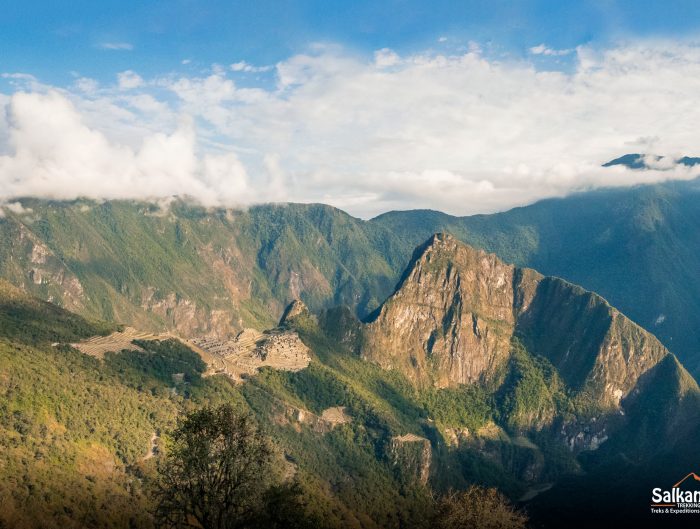
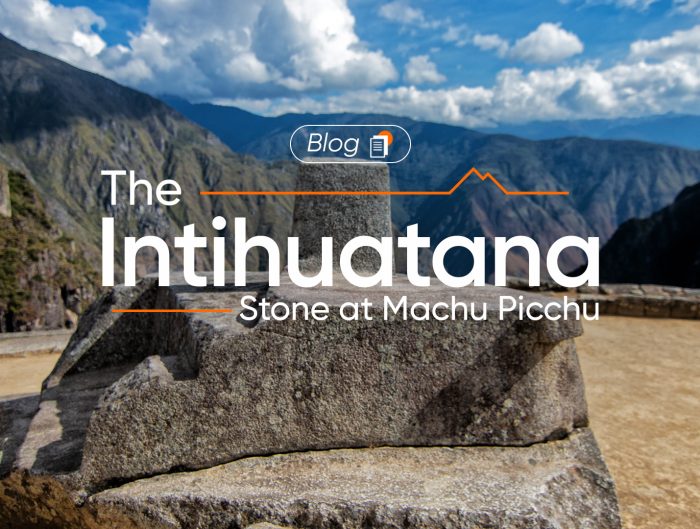
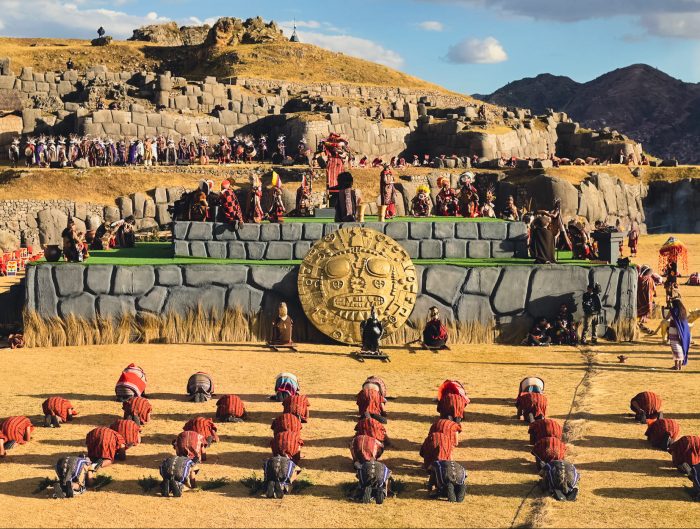

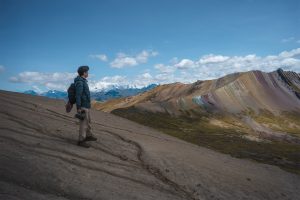
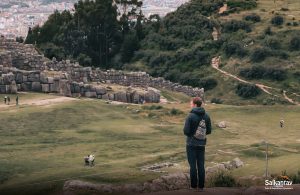
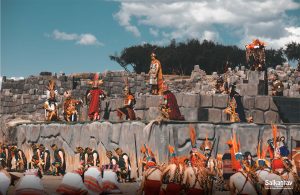
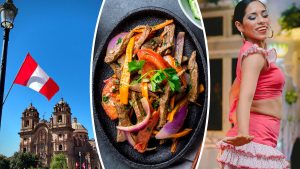
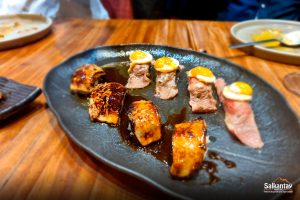

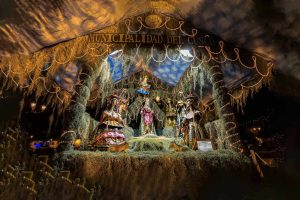
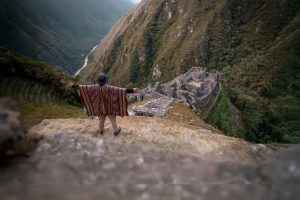
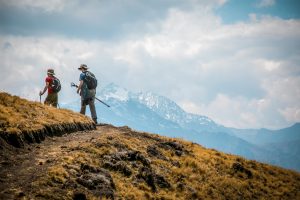
Leave A Reply